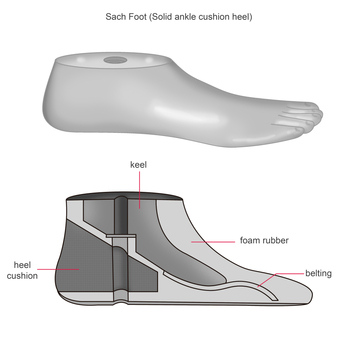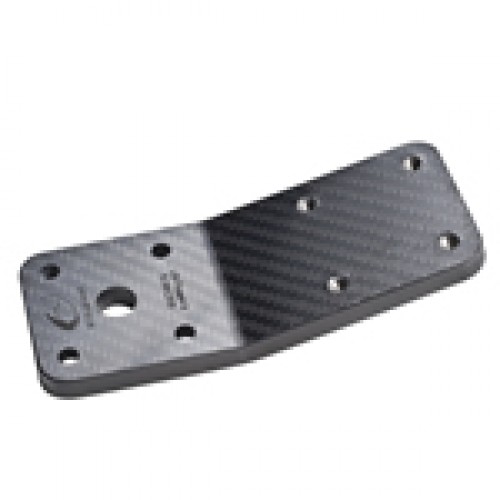
Every wonder why a prosthetic leg can look different as you compare them to others you see online?
In short the reasons why a prosthetic leg will look different than someone else is due to :
A.) Residual Limb Shape and Length
B.) The Foot That The Amputee Requires
C.) The Materials Used in The Pylon
D.) Whether a Flexion Contracture Exists
These are the basic elements that make the prosthetic leg unique in size, shape and color.

Residual Limb Shape and Length
Part of the overall answer is in the socket. The size and shape of the socket is custom made usually. If somoene is 125 lbs and has a short residual limb, the shape of their prothesis will be different than someone who is 300 lbs and has a long residual limb. This part need so be custom to apply the correct forces and to house the residual limb along with most likely a gel liner of some sort.
Everyone is different in this way.
The Foot That The Amputee Requires
The type of foot matters as well and this is directly related to your weight and also your activity level. A basic SACH foot will function and look differently than will a K4 olympic foot.

The Materials Used in The Pylon
Moreover, the “shin” part is actually referred to as a pylon. The pylon attaches to the bottom of the socket and the main goal is to keep you balanced with your other side, if it is intact. This is why the pylon (or shin aspect) of the prosthesis can be short for one person and longer for another person. Also, the color of it has to do with whether it is an aluminum pylon or perhaps some other sort of material like titanium.
Whether a Flexion Contracture Exists
Some people also have flexion contractures, so the leg can sometimes look canted to allow for balance and the shape will thus be different than another amputee you might know.
 If you or someone you know has something called a flexion contracture, different componentry is needed to compensate for the alignment issue. Quite simply, these are called “flexion contracture plates” and they are angled in such a way that if your flexion contracture is more permanent then the angle can help you stand more readily and hopefully walk better.
If you or someone you know has something called a flexion contracture, different componentry is needed to compensate for the alignment issue. Quite simply, these are called “flexion contracture plates” and they are angled in such a way that if your flexion contracture is more permanent then the angle can help you stand more readily and hopefully walk better.
The goal would be to minimize the flexion contracture through stretching etc. If that does not work optimally, the the contracture place can be used.
We hoped this information has helped you understand why prosthetic legs are shaped differently.
Good luck and let us know if you have any questions.
